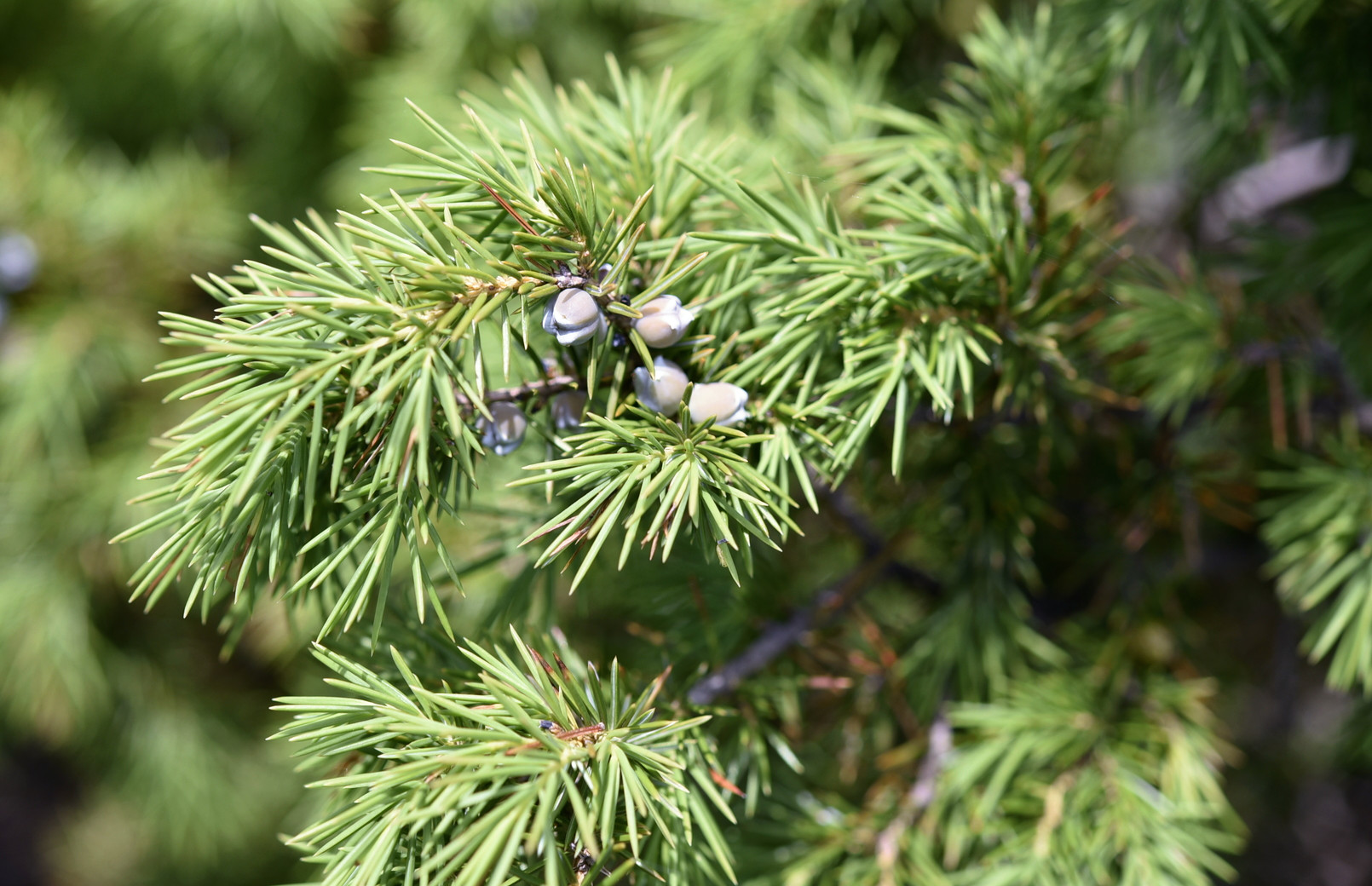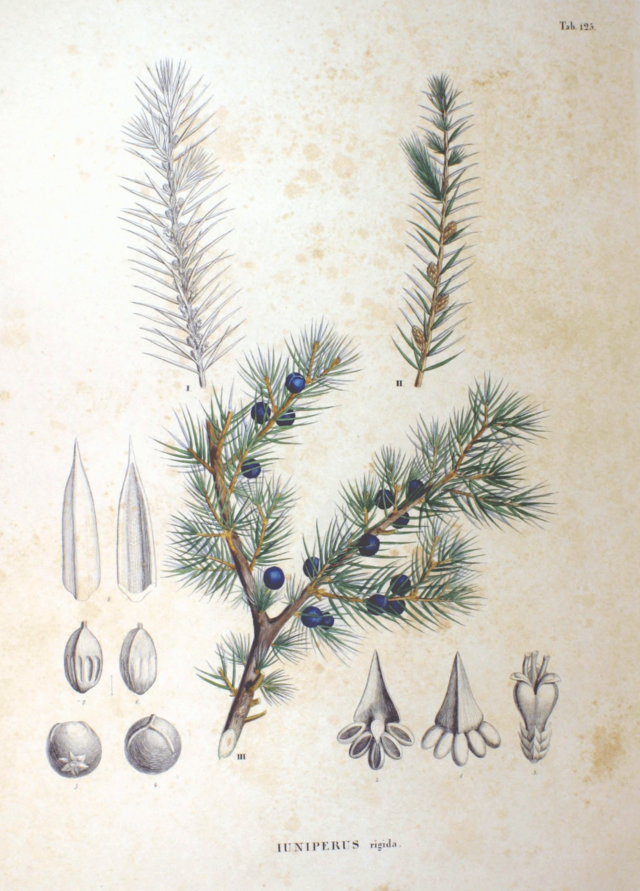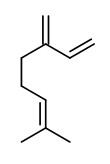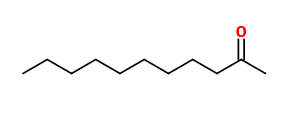Dies ist eine alte Version des Dokuments!
Juniperus rigida Siebold & Zucc. - Cupressaceae - 杜松 du song (chin.), temple juniper, Igel-Wacholder
needle juniper [Juniperus rigida subsp. rigida], shore juniper [Juniperus rigida subsp. conferta] GRIN (archived)
Evergreen, dioecious shrub or small tree, up to 10m high, native to northern China, Korea, Japan, and the far southeast of Russia; leaves in whorls of 3, dark green, needle-like, 1-2cm long, V-shaped cross-section, with a narrow white stomatal band above; „Seed cones axillary on very short stalks, stalks densely clothed with small scaly leaves, young cones green, ripening to light brown-blue or blue-black with a strong resinous odor, globose to ovoid, 6-10 mm across with (2-)3 seeds.“ http://www.conifers.org/cu/Juniperus_rigida.php
„Only subsp. rigida… occurs in China; subsp. conferta (Parlatore) Kitamura (J. conferta Parlatore) is a decumbent, coastal shrub that occurs in Japan and E Russia (Sakhalin).“ http://www.efloras.org/florataxon.aspx?flora_id=2&taxon_id=200005426
„The composition of the leaf oils of Juniperus rigida from northeast China, Japan and Korea are reported. The Japanese samples were very similar to previous literature reports being rich in bornyl acetate (40.5-59.0%) and α-pinene (13.5-15.4%), but the samples from northeast China and Korea showed geographical differentiation in the production of increased amounts of α-pinene (39.7% and 53.5% respectively) and reduced amounts of bornyl acetate (1.3% and 2.8% respectively).“
α-Pinene (39.7%) was the main component in the essential oil from the leaves of a J.rigida tree from the Botanical garden of Beijing (origin = ne China). Other components were myrcene (11.2%), 2-undecanone (4.8%), limonene (4.2%), germacrene D (2.3%), bornyl acetate (1.3%).
[Comparisons of the volatile leaf oils of Juniperus rigida Mig. from northeastern China, Korea and Japan. Adams, R. P., Chu, G. L., Zhang, S. Z., Journal of Essential Oil Research, Vol.7(1), 1995, 49-52]
[The leaf essential oils and chemotaxonomy of Juniperus sect. Juniperus. Adams, R. P., Biochemical Systematics and ecology, Vol.26(6), 1998, 637-645] PDF
Main components of the leaf oils of J. rigida var. conferta, Tottori sand dunes, Japan (CF), cv. Blue Pacific (BP), the Newport Beach, CA juniper (NpB), cv. Emerald Sea (EmS), and J. rigida, Honshu, Japan (RG) were α-pinene (9.8-62.3%), myrcene (1.6-8.4%), bornyl acetate (0.6-7.5%), β-pinene (1.4-6.9%), limonene (1.6-6.0%), β-phellandrene (0.2-5.5%), and isoabienol (0-63.9%). The oil of cv. Emerald Sea is dominated by isoabienol (63.9%) and is clearly, quite different from cv. Blue Pacific, and isoabienol (14.5%) is also a major compound in the oil of escaped juniper from Newport Beach, CA.
[Adams, Robert P., and R. E. Riefner. „Terpenoid fingerprinting to determine an escaped Juniperus rigida var. conferta identity.“ Phytologia 94 (2012): 334-349]
Main components of the supercritical CO2 extract of J. rigida leaves from China were caryophyllene (13.1%), humulene (11.7%), caryophyllene oxide (10.3%), (E)-nerolidol (6.5%) and germacrene D (6.5%). The essential oil exhibited significant antibacterial activity against K. pneumoniae.
[Meng, Xiaxia, et al. „Chemical composition, antibacterial activity and related mechanism of the essential oil from the leaves of Juniperus rigida Sieb. et Zucc against Klebsiella pneumoniae.“ Journal of ethnopharmacology 194 (2016): 698-705]

Juniperus rigida, Sinsido, Korea (2021) © Yanghoon Cho CC BY-SA 4.0 inaturalist.org

Philipp Franz von Siebold, Joseph Gerhard Zuccarini, Flora Japonica, Sectio Prima (1870)
CC0
wikimedia commons




